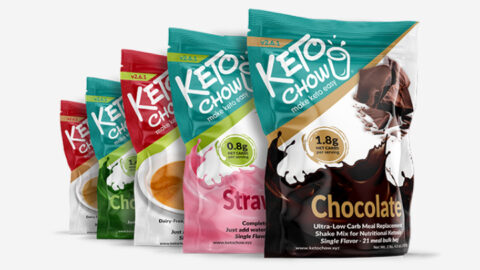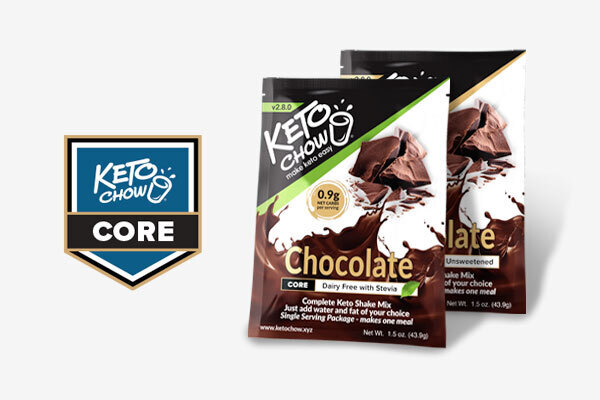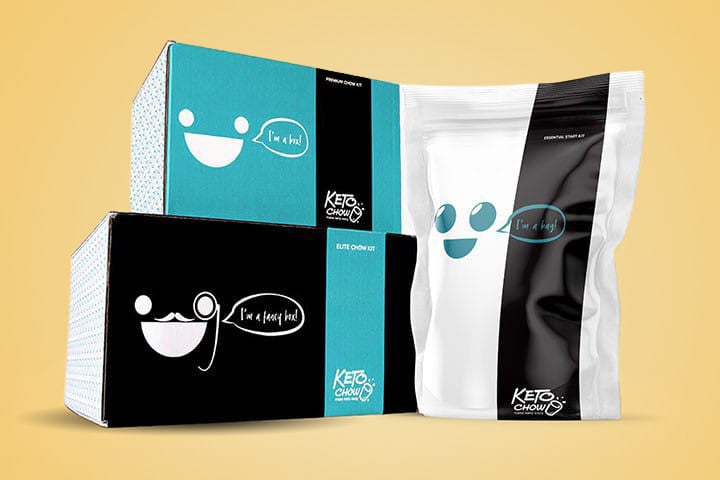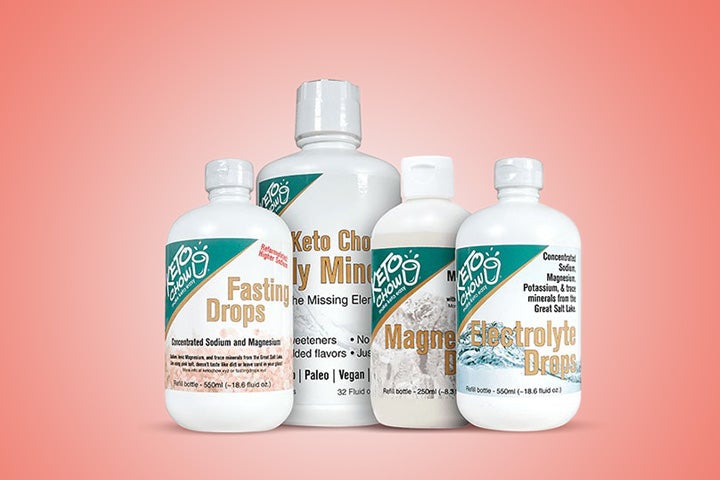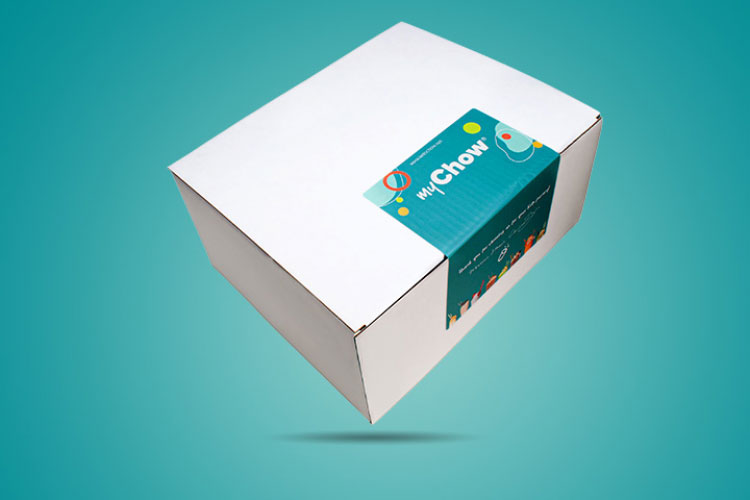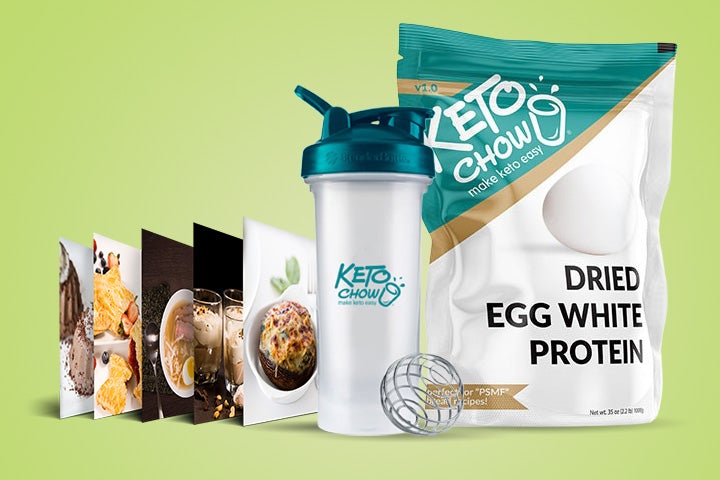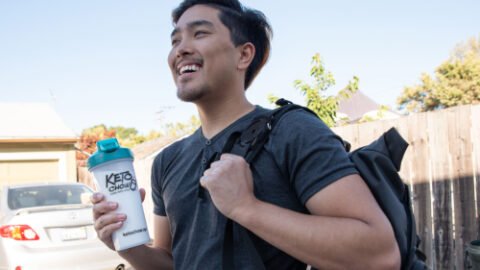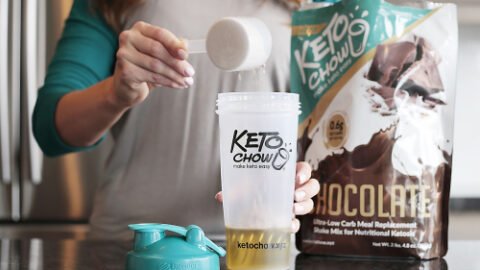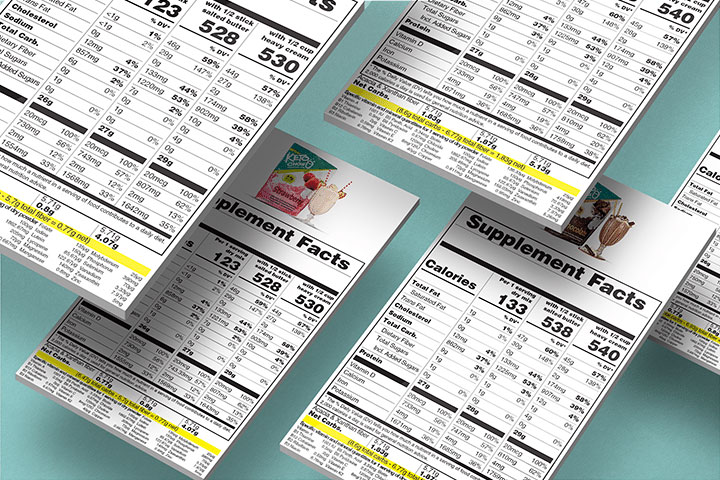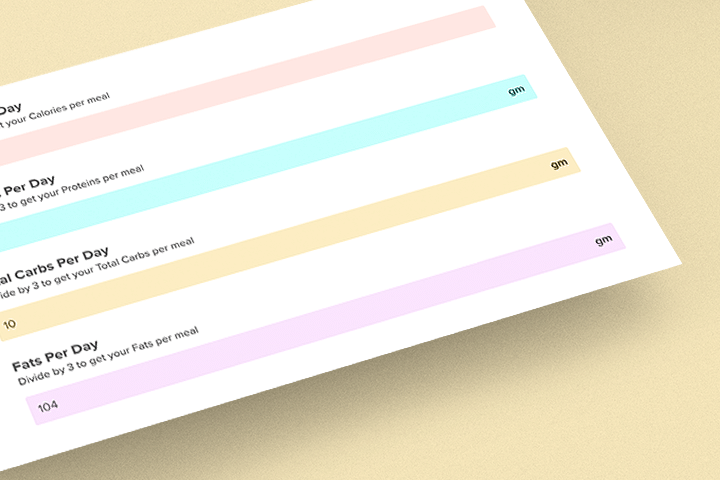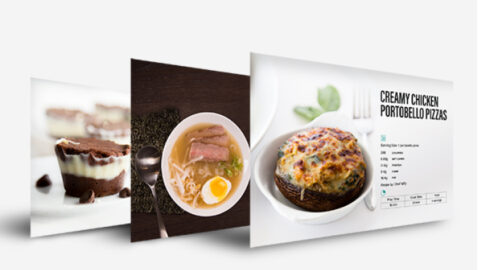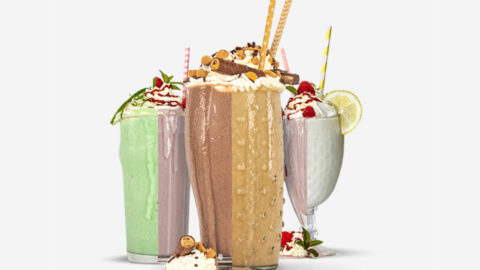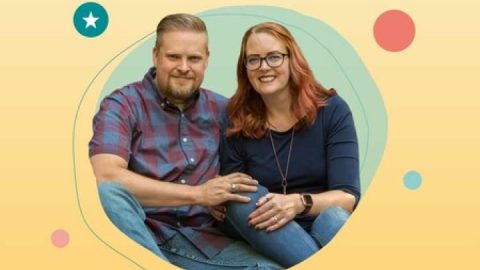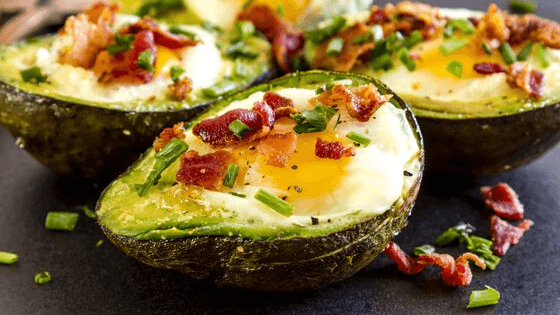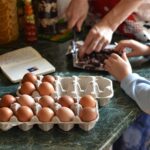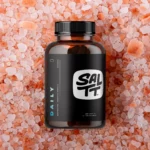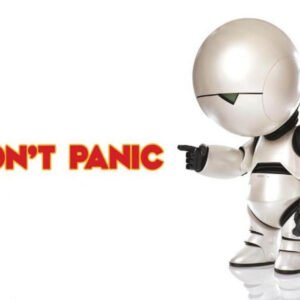There’s no doubt that you’ve heard about the keto diet before. From people in your everyday life who swear by it, to celebrities who rave about it; keto dieting is all the rage. Although you probably think that keto dieting is a new fad because of the traction it currently has, the keto lifestyle has been around since the 1920s. This diet was designed with overall health in mind, and it was originally created for people who suffer from epilepsy.
What is the keto diet?

A keto diet is a very low-carbohydrate, high-fat diet that offers a multitude of health benefits that range from mental clarity to weight loss. People who take up keto dieting also experience decreased levels of inflammation.
Once you achieve a state of “ketosis”, your body switches from using glucose from carbohydrates as fuel to using fat as fuel and starts making a new form of energy your body can use, these are called “ketones” or “ketone bodies” and are what the “ketogenic diet” is named after.
Starting keto takes a lot of patience and practice. In order to be successful, you’ll have to get through the first few weeks – there’s a popular phrase: “Keep Calm and Keto On” – meaning that you should learn the basics and not worry about if you don’t have rapid progress, keep going. It’s helpful to remember that each time you start something new, you’re presented with hurdles that you’ll have to overcome. Everything comes with a learning curve, so hang in there.
To make the process of transitioning into a keto diet easier, here are a few keto tips you can start following. These will train your body to get into and maintain ketosis.
Comprehending What Keto Is and What Keto Isn’t

Don’t rely on what your coworkers or friends have told you about keto dieting, it’s best to do your own research and trust your intuition. First of all, the goal of the keto diet is for your body to reach a metabolic state of ketosis. Ketosis is the state in which your body relies on fat for energy, instead of depending on glucose from carbohydrates. This “fat for energy” includes stored fats. In order to successfully achieve ketosis, you’ll have to limit your “net carbs”. The easiest way to think about it is: just replace all of the carbohydrates in your diet (sugar, starch, wheat, etc…) with FAT!
Net carbs are your total carbs minus fiber (though sometimes food manufacturers will try to trick people with “fiber” that really isn’t, more about that later). Limit your net carbs to below 20g a day, while also increasing your dietary fat consumption. It’s important to note that everyone has a unique carb tolerance – some can go as high as 50g a day but it’s generally accepted that if you stay below 20g a day for 3 days, you will start to transition to ketones instead of sugar.
Atkins Diet

There are several misconceptions floating around about keto, and many people believe that it is the same thing as the Atkins diet. However, this is not the case; the Atkins diet was based on Dr. Atkins observations of what worked for his patients and actually is considered a modified form of the ketogenic diet (which came quite a long time before Atkins).
The Atkins diet starts with an “induction phase” that is quite similar to a ketogenic diet but then switches to more protein and carbohydrates. is high on both fats and proteins. People on the keto diet eat fat as their primary fuel source, and only moderate amounts of protein, generally between 80 and 120 grams depending on how much muscle you have (called “lean body mass”).
Many online resources will talk about percentages (5% carbs, 20% protein, 75% fat, etc…) but percentages are the wrong way to measure unless you are treating epilepsy with a very, very restrictive ketogenic diet. Instead, use grams; again: under 20g of carbs, 80-120g of protein, the rest is fat!
Insulin

Fat is variable from person to person and even from day to day. If your insulin is low then your body will be able to supply fat using your body’s reserves (yay!). If you are just starting keto then your insulin is likely high enough that the fat is locked away and you will not be able to access it readily.
Here’s the rub: you’re not eating carbs so you don’t have glucose/sugar to burn; but you also can’t access stored fat so unless there’s sufficient fat in the food you eat, your cells will not have any sources of energy and you’re going to get hungry. Probably REALLY hungry and think this keto thing is a pack of lies.
The solution is to make sure you are getting sufficient fat until your body figures out what it’s doing and can pull from storage. Especially when you’re starting: increase the amount of fat you’re eating. Throw some extra butter on your steak, add some more heavy cream to your diet root beer, etc…
After you’ve adjusted to keto, then you can start running a caloric deficit but you’re probably not even going to need to deliberately do it since your body should clue-in and tell you “nah, I’m full – save that for later.”
Define Your Goals for Achieving Ketosis

Since transitioning into ketosis takes commitment, it’s essential to sit down with yourself and figure out your levels of commitment. Why do you want to take on a keto diet? Are you looking to have more energy for your children? Do you need more energy while you’re at work? Do not focus on superficial goals such as weight loss.
Weight loss is usually a byproduct of ketosis, but it should not be your end goal. Instead, working on a long-term goal that will benefit you holistically and not just physically will help you power through with your diet when the going gets tough.
Our favorite goals are the “Non Scale Victories” (NSV) that involve being able to work with your doctor to reduce, or even eliminate medications. We joke that this makes you more likely to survive a “zombie apocalypse” but it also helps during natural disasters like hurricanes – those are slightly more frequent than the end of the world!
Being healthy and well – with more energy is something we all want; if you happen to be less attracted to the gravity of the earth, that’s fun too.
Look Out for Hidden Carbs

Diets are tricky sometimes because carbs are everywhere. They’re in bread and pasta, drinks, and snacks. Carbs hide in your dressings, sauces, and even meats (especially if breaded). For this reason, the best thing you can do for yourself when starting your keto diet plan is to read every nutrition label. Ignore what you think you know about carbs in the food you eat and verify that information.
If a certain food, such as an orange, doesn’t come with a nutrition label, search up the carb content online or use a food tracking app (we recommend “Cron-O-Meter”). Find your go-to keto foods that are low in carbs and consist of high-quality, nutrient-dense ingredients. It’s best if you don’t snack (it keeps your insulin high which turns off fat burning) but if you have to snack look for foods that are really high in fat – you can even try using “Fat Bombs.”
Consider tracking your carb intake for the first week on the keto diet, just to gain familiarity with what a low-carb intake looks like. Don’t fixate too much on the numbers you see and panic about it, this is just to diagnose where you are at so you can learn to modify your meals accordingly.
Remember, keto dieting shouldn’t be painful – make sure that you actually enjoy your food. Otherwise, you will be restricting yourself to foods you don’t like, which will ultimately end in you dropping your keto diet.
Hydration Is Everything

Once your body begins to shift into ketosis, you’ll begin to burn your “glycogen” stores. All this means is that your body is now flushing out stored glucose along with water and salt. During this process, you’ll have to replenish crucial electrolyte minerals.
If you don’t stay on top of your water and electrolyte intake game, you’ll suffer from headaches and muscle aches, fatigue and you’ll feel like you’re getting sick. This is known in the Keto community as “Keto Flu”. It’s a bit complicated why this happens but the short version is that as your glucose lowers, so does insulin, lower insulin signals to your kidneys that they can return to normal operation and not hold on so tightly to sodium.
This results in you needing more sodium when doing keto or low carb than what a typical person eating sugar every day would need but it’s the amount of salt our ancestors ate and any extra comes right out.
To avoid the “keto flu”, you’ll want to carry a water bottle, put salt on your food, and you can replace lost electrolytes with targeted mineral supplements like those found in the Keto Chow Electrolyte Drops. Another option is adding sea salt to your water. We know it sounds weird now, but as your body starts to crave the salt, you might even develop a taste for pickle juice!
Don’t Stress Too Much

Are you constantly full of irrational worries? Look into stress relieving activities, as high stress levels take a physical toll on your body. When you over analyze everything, not only do you drain your energy, but you end up producing more cortisol. Higher cortisol levels lead to high blood sugar and weight gain. As you are slipping into a new routine of adjusting your food and activity levels, don’t forget to also decrease your stress levels, both at home and at work.
Journaling, yoga, and mindfulness meditation are your new best friends. These healthy activities are low-effort ways to decrease your stress levels and positively impact your overall health. This is also beneficial to your life outside of your diet plan. Around here we like to relax by listening to some keto-centric podcasts like the “2 Keto Dudes” and the “Diet Doctor” podcast (that one is by Dr. Bret Scher, a cardiologist that says if you want a healthy heart – eat steak and butter!)
Keto dieting positively alters your mental health, energy levels, and physique. Although it can be confusing in the beginning, once you achieve ketosis and grow accustomed to keto foods, you will begin to see how worth it keto dieting is. Keto Chow offers an extensive selection of shakes, base powders, soup flavors, electrolyte drops, and recipes for all your keto needs. Change your life and get started with us today!
